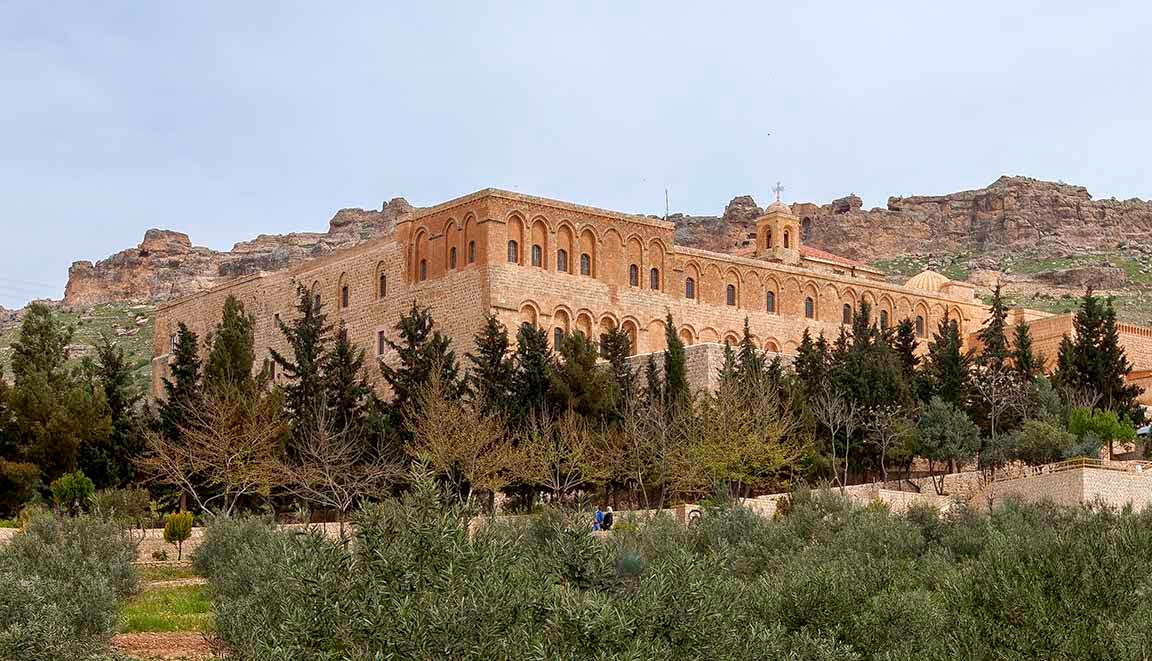Uzbekistan | Qarshi | Chingis Khan | Sufi Tombs
We all know that Chingis Khan finally conquered the ancient Silk Road city of Samarkand on March 19, 1220. He then dispatched his two middle sons Chagaadai and Ögödei west to Khwarezm with orders to take the city of Gurganj. His two Hounds, Jebe and Sübedei, were sicced on the Khwarezmshah, the erstwhile ruler of the Khwarezmian Empire, who had fled from the Mongols across the Amu Darya into what is now Afghanistan. Jebe had earlier tracked down and brought to bay the Naiman Adventurer Khüchüleg, After spending a few weeks in the Samarkand area enjoying the fruits of his conquest, Chingis Khan himself and a contingent of troops proceeded to the Nasaf region, centered upon the city of Nasaf (current-day Qarshi) about sixty miles southwest of Samarkand. This area, watered by the 230-mile long Kashka Darya River, which begins in the outliers of the Tian Shan Mountains to the east, was celebrated for its lush pasture lands. (Cultivated in Russian colonial and Soviet times, the region was and is a big producer of cotton and wheat and has become known as the breadbasket of Uzbekistan). Here Chingis Khan and his men spent the summer resting and fattening their horses.
While relaxing in these rich grasslands Chingis Khan may have had occasion to meet with some Sufis who were living in the area. Throughout his career Chingis had always shown an interest in “holy men”, be they Buddhists, Christians, Muslims or Taoists, although of course he never actually professed to any of their teachings. Now at leisure near Nasaf, he met with two prominent Sufis, the brothers Khazrati Qussam Sheikh (1192-1338) and Djabbar Shoji, the grandsons of Akhmet Yassavi (1093–1166). Yassavi, born in Sayram in what is now Kazakhstan, is widely believed to have founded the first Turkic Sufi order, the Yassaviyya, and some credit him with being the first Turkic poet to write poetry in a Turkic dialect. Indeed, People Today In Bukhara are still making books using his poetry.
Khazrati Qussam Sheikh and Djabbar Khoji, it may be assumed, were members of the Yasaviyya Sufi order. Just what these two worthies discussed with Chingis Khan, assuming this story is just not apocryphal, is unrecorded. At some point, however, Djabbar Khoji must have done something to earn Chingis’s ire. According to local legend, Chingis Khan ordered his execution. The tombs of Khazrati Qussam Sheikh and numerous of his relatives can still be seen in his large mausoleum complex just east of Qarshi. There is even a legend that Ögödei Khan, son of Chingis Khan, is buried in this mausoleum, although there is no proof of this assertion. Where Ögödei is buried, if anywhere, is somewhat of a mystery. There are three very elaborate tombs in the mausoleum not belonging to Khazrati Qussam Sheikh’s family. Even the otherwise very well informed director of the mausoleum claims not know who is entombed in them.
The Mausoleum of Khazrati Qussam Sheikh (click on photos for enlargements)
The tomb of Khazrati Qussam Sheikh
The tombs of Khazrati Qussam Sheikh’s relatives
One of the three elaborate tombs in the mausoleum. Tales that Ögödei Khan, son of Chingis Khan, is buried in one of them are apparently apocryphal. No one seems to know who is buried in the tombs.
Arabic lettering on the tombs
Courtyard of the Mausoleum
Graybeard who guards the Mausoleum
Graybeard
Djabbar Khoji, the brother allegedly executed by Chingis Khan, has his own mausoleum deep in the Kyzyl Kum Desert 65 miles west of Qarshi. Although quite isolated, it is an very popular pilgrim destination. The imam in charge of the complex is quick to tell visitors, quite unbidden, that Djabbar Khoji was killed by order of the great Chingis Khan from Mongolia.
Mausoleum of Djabbar Khoji
Tomb of Djabbar Khoji
Tomb of Djabbar Khoji
Pilgrims at the Mausoleum of Djabbar Khoji
For more see Chingis Khan Rides West: The Mongol Invasion of Bukhara, Samarkand, and other Great Cities of the Silk Road, 1215-1221.
For more see Chingis Khan Rides West: The Mongol Invasion of Bukhara, Samarkand, and other Great Cities of the Silk Road, 1215-1221.














